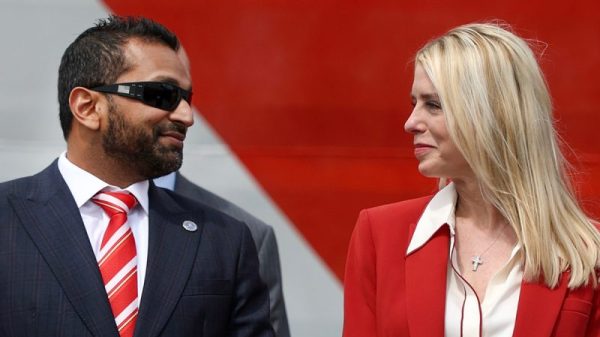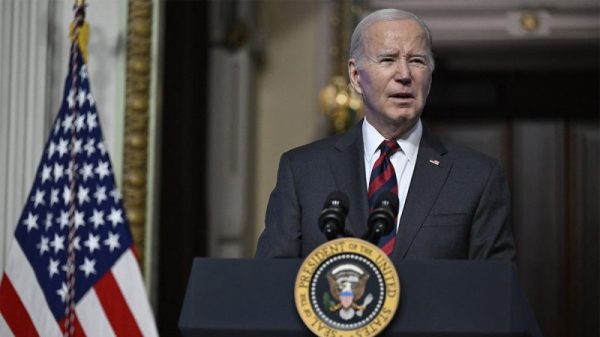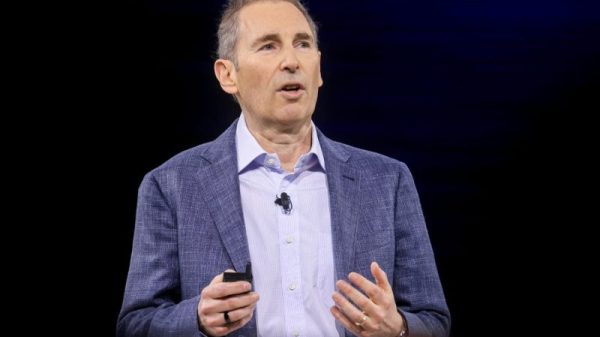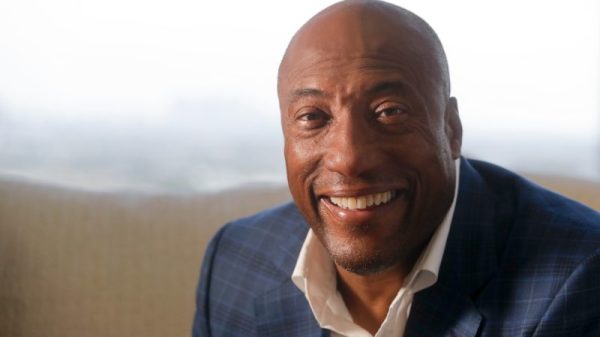Running a small or medium-sized business often means navigating a constant stream of demands. From emails requesting your insight to acquaintances seeking introductions, and charities asking for your time or support, it can feel like your attention is endlessly divided.
In a culture where responsiveness and openness are often equated with professionalism, saying yes becomes the path of least resistance. Yet, for business leaders determined to protect their time, energy, and strategic direction, the real skill lies in saying no—and saying it well.
Saying no is frequently misunderstood. It’s not about being obstructive or aloof, nor is it a rejection of collaboration or community. Rather, it’s about making deliberate choices that safeguard your capacity to lead effectively. Every yes you give represents a commitment of your most finite resources. Every no, when delivered with thought and care, becomes a conscious investment in your focus, priorities and long-term goals.
For entrepreneurs and SME leaders, the impulse to say yes often stems from positive traits: generosity, ambition, and a genuine desire to help others. These qualities are admirable. But when left unchecked, they can lead to burnout, distraction, and missed opportunities. The business landscape is littered with well-intentioned leaders who agreed to too much, too often, and lost sight of what really mattered.
Warren Buffett famously observed that “the difference between successful people and very successful people is that very successful people say no to almost everything.” This quote is repeated so often because it speaks to a difficult truth: the path to real success is paved not just with action, but with discipline. The ability to discern what to engage with—and what to walk away from—can make all the difference in a business’s trajectory.
So how does one know when to say no? It begins with clarity. Clarity about what your business is trying to achieve, what your own role should focus on, and what success looks like over the short and long term. From there, it becomes possible to assess new requests through a personal decision-making filter. My own framework revolves around five key questions: Will this make me money? Will it help a large number of people? Will it support the business in future, even if not immediately? Am I repaying a favour to someone who has supported me? And finally, do I have a genuine moral obligation to do this?
Not every decision needs to tick all five boxes, but a strong yes to even one of them often justifies the time. If a request doesn’t align with any of them, it’s likely a no. Importantly, this is not about judging the merit of the request itself—many will be entirely reasonable and well-meaning—but about understanding whether it fits with your current mission and capacity.
Many SME leaders will be familiar with the kinds of scenarios where this filter proves valuable. A former colleague asks you to provide ongoing mentorship for free, even though your team urgently needs your guidance. A well-connected acquaintance wants you to co-host a webinar series that could enhance your profile, but would require weeks of preparation during your busiest season. A charity you admire invites you to speak at their fundraising event, but you arealready committed to another cause. Each of these examples might appeal to your sense of goodwill or ambition—but that doesn’t mean they are right for you, right now.
The next challenge, of course, is how to say no without damaging relationships. This is the part that many of us find difficult. We worry about appearing unkind, ungrateful, or disinterested. But the reality is that when you say no with respect and clarity, most people will understand—and many will admire your decisiveness. It helps to be direct, but warm. A simple statement such as,
“Thank you for thinking of me, but I need to focus on existing commitments at the moment,” is usually more than sufficient. Avoid over-explaining or apologising excessively, as this can inadvertently undermine your message. If you can offer an alternative, do—perhaps by suggesting someone else who might be able to help, or recommending a more suitable time to revisit the idea. And always express appreciation. A heartfelt thank you shows that you value the connection, even if you cannot say yes this time.
Over time, saying no becomes easier. It evolves from an uncomfortable act into a confident expression of self-awareness. As you begin to say no more often, you may notice that people start to respect your time more—and that your own sense of focus and control improves significantly. When you do say yes this will carry more weight, because people will know they are considered and genuine.
This mindset also has a powerful effect on your team. By modelling boundaries and intentional decision-making, you encourage those around you to do the same. In a business environment where overwhelm is increasingly common, this example can be transformative. Your business benefits, your people benefit, and ultimately, so do your customers and clients.
Leadership isn’t about doing everything—it’s about doing the right things, at the right time, for the right reasons. That means being selective. It means embracing the power of no, not as a rejection of opportunity, but as a tool for growth.
So the next time a request lands in your inbox and you feel that familiar pull to agree, take a breath. Run it through your filter. Ask whether it serves your business, your values, or your strategic direction. And if it doesn’t, say no. Kindly, clearly, and without guilt.
Because in business—as in life—every no to the wrong thing is a yes to something better.
Read more:
The Power of No: Why, When and How to Say It



























